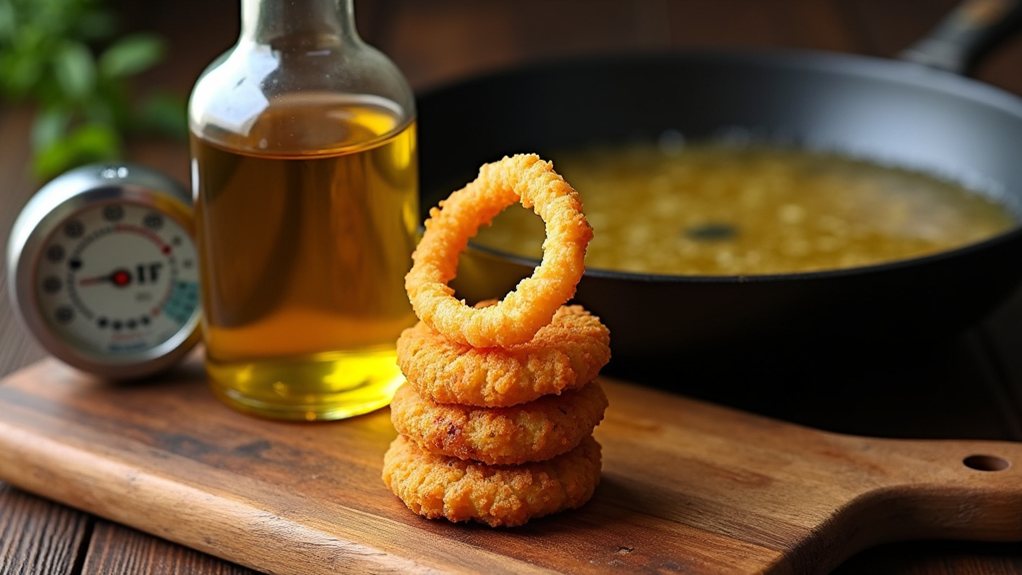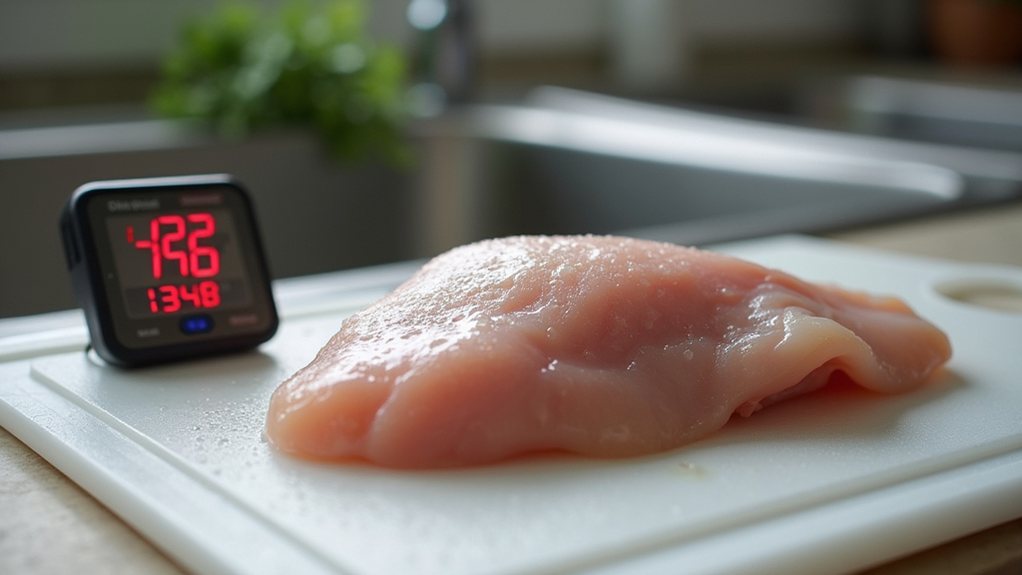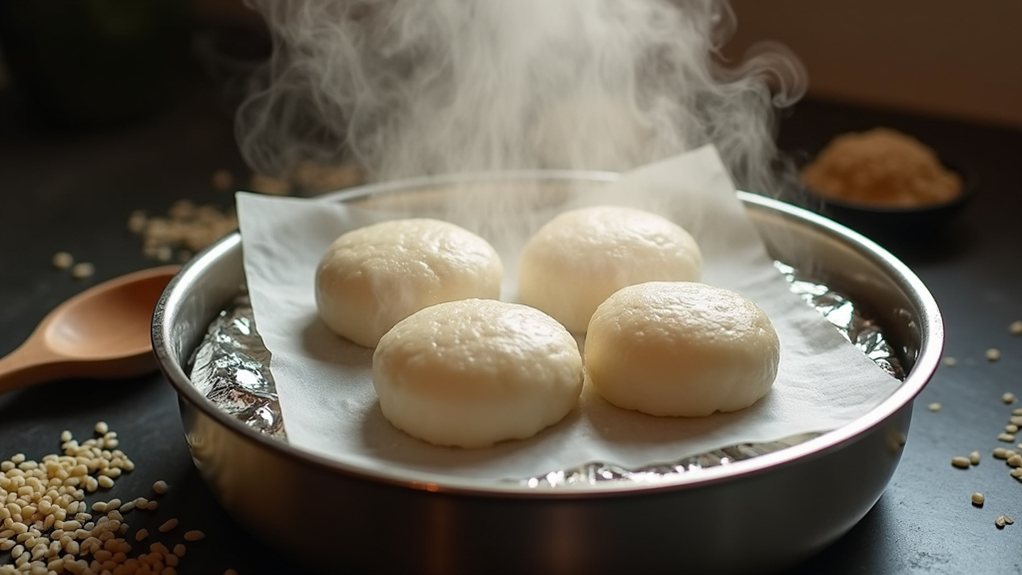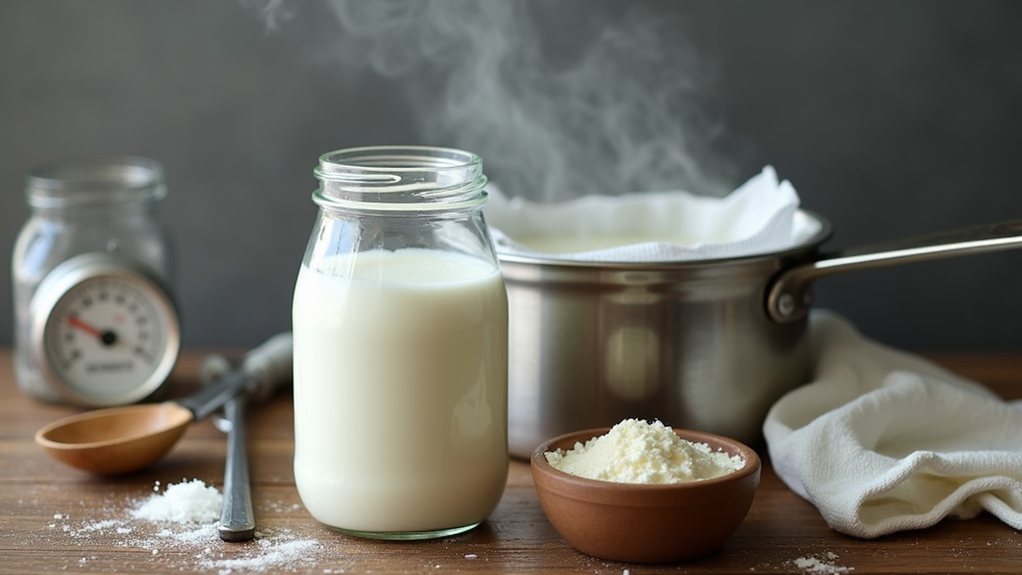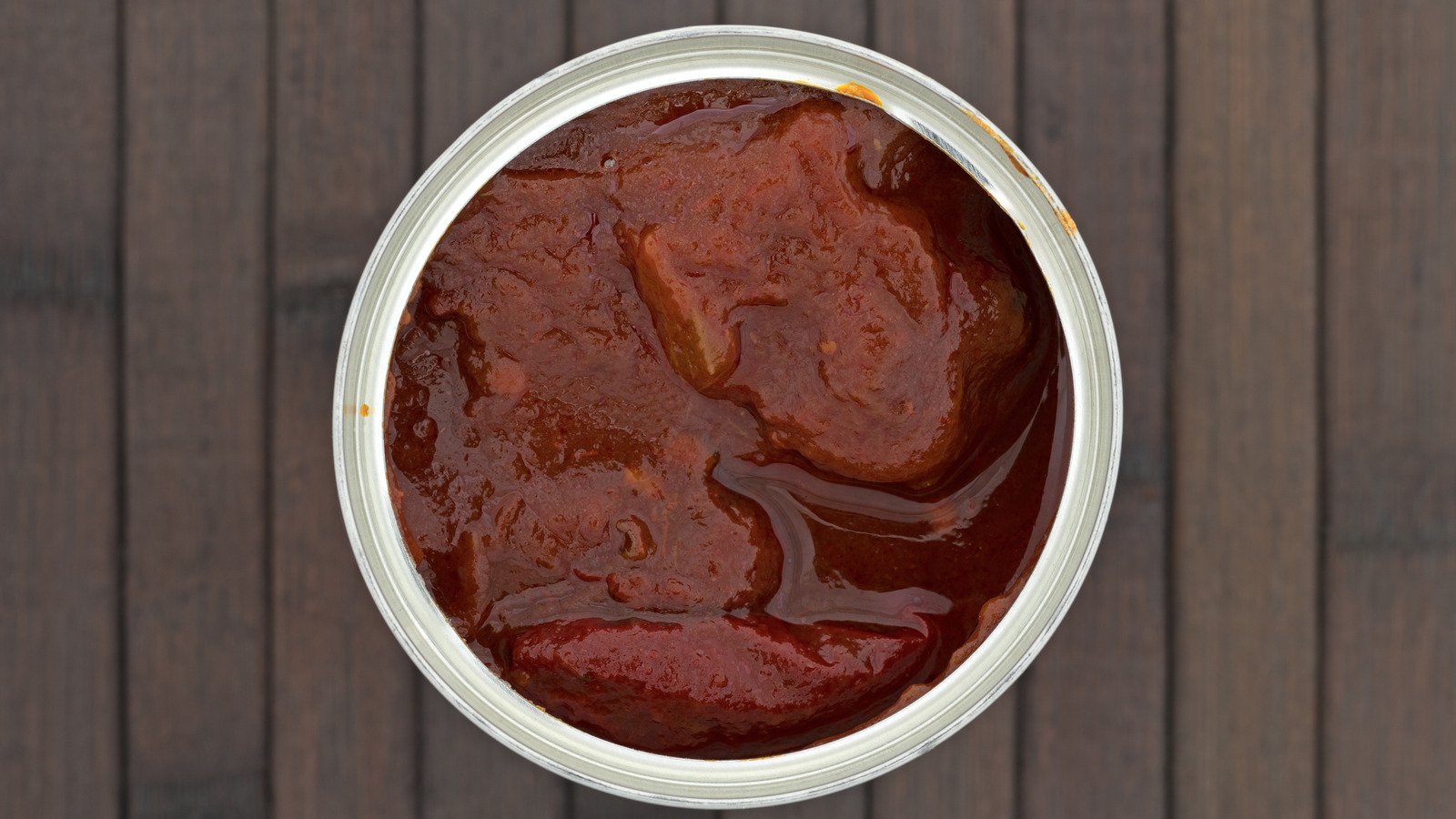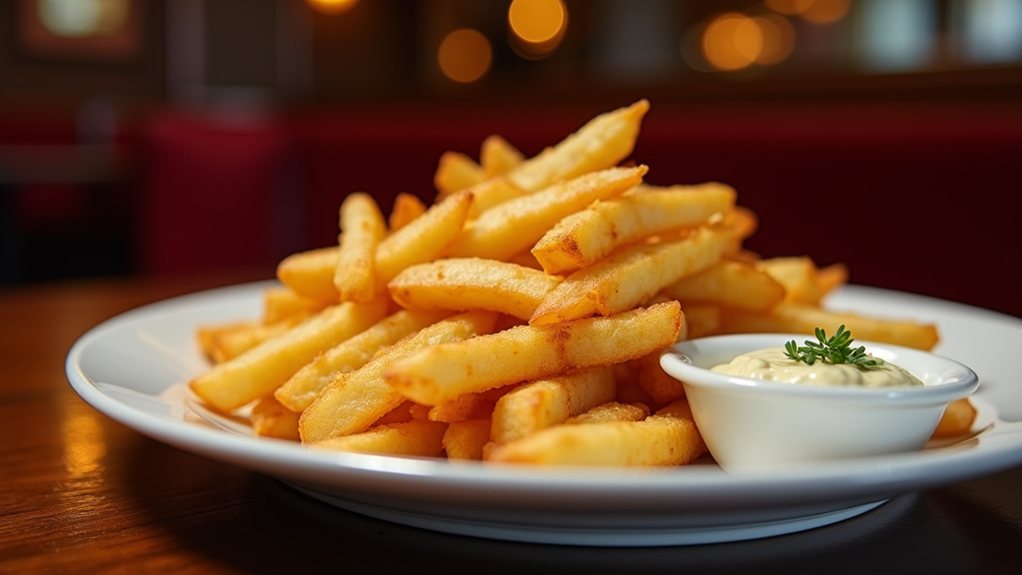Many home cooks unknowingly sabotage their meals by using expensive extra virgin olive oil for frying, a practice that wastes both money and flavor. Refined olive oil, with its higher smoke point of 350°F to 410°F, maintains stability under heat without breaking down into harmful compounds. This practical alternative preserves the nutritional benefits while offering a neutral taste profile that won’t compete with food flavors. The choice seems clear, but the question remains: what makes refined olive oil so distinctly suited for high-temperature cooking?
Why Refined Olive Oil Is Best for Frying
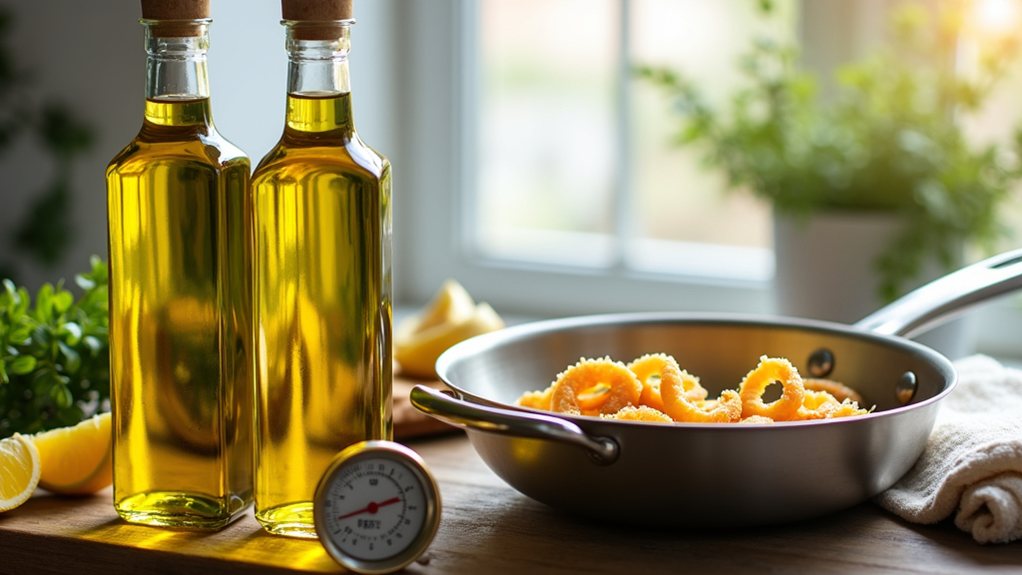
Many home cooks and professional chefs alike have questioned whether olive oil is suitable for frying, often citing concerns about smoke points and flavor changes. The truth, however, is that olive oil is not only suitable but often superior to other oils for frying purposes. Contrary to popular belief, olive oil has a smoke point ranging from 350°F to 410°F depending on the type, which is well within the temperature range required for most frying methods.
When it comes to selecting the right olive oil for frying, refined olive oil emerges as the clear winner. Unlike its extra virgin counterpart, refined olive oil offers a higher smoke point, more neutral flavor profile, and greater cost-effectiveness for high-heat cooking applications. This makes it particularly well-suited for deep frying, where large quantities of oil are needed and flavor neutrality is often desired.
The science behind olive oil’s stability is compelling. Its chemical composition, primarily oleic acid, resists breaking down under heat, and its natural antioxidants provide protection against oxidation. Studies have consistently shown that olive oil outperforms peanut, corn, soybean, and sunflower oils in stability tests during frying, allowing it to be reused multiple times without significant degradation.
Beyond stability, frying with olive oil offers notable health advantages. It helps retain nutrients in food while enhancing the absorption of fat-soluble vitamins. Furthermore, it produces fewer harmful compounds like heterocyclic amines and polycyclic aromatic hydrocarbons compared to other oils, making it a healthier choice for high-heat cooking. Despite common misconceptions, olive oil maintains its nutritional value at high temperatures when used for frying. Using a thermometer is recommended to ensure oil temperature stays within optimal frying ranges of 266-374°F, depending on the specific food being prepared. For busy home cooks, olive oil offers the same quick meal preparation benefits as using an electric pressure cooker, with foods frying to perfection in thirty minutes or less. Just as with selecting quality fish, choosing premium oil brands is essential for both safety and flavor when cooking at high temperatures.
This preference for olive oil in frying isn’t new—Mediterranean cultures have relied on it for centuries. From crispy calamari to perfectly golden falafel, olive oil has proven its versatility across culinary traditions worldwide.
While pomace and light-tasting olive oils are also suitable options, refined olive oil strikes the ideal balance between heat tolerance, flavor neutrality, and cost, making it the smart choice for frying without wasting premium oils better saved for finishing dishes and dressings.
